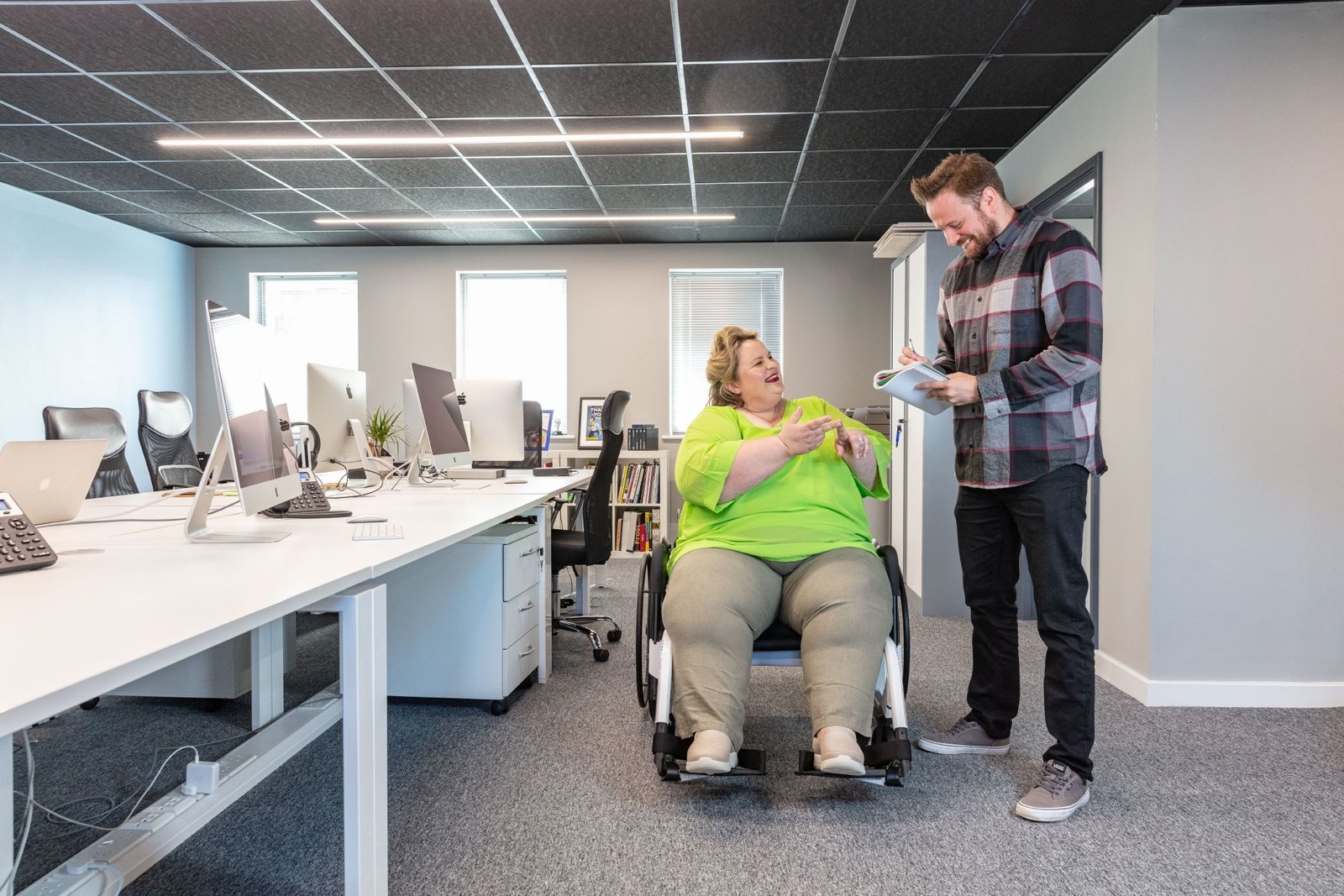A Comprehensive Guide to Walking Sticks: Types, Uses, and How to Choose the Best One
Outline
Introduction
- Importance of walking sticks
- Overview of the article
History of Walking Sticks
- Early uses
- Evolution over time
Types of Walking Sticks
- Hiking Sticks
- Features
- Ideal uses
- Trekking Poles
- Features
- Ideal uses
- Folding Walking Sticks
- Features
- Ideal uses
- Quad Canes
- Features
- Ideal uses
- Offset Canes
- Features
- Ideal uses
- Wooden Walking Sticks
- Features
- Ideal uses
- Adjustable Walking Sticks
- Features
- Ideal uses
- Hiking Sticks
Materials Used in Walking Sticks
- Wood
- Aluminum
- Carbon fiber
Features to Look For
- Handle types
- Weight
- Height adjustability
- Tip design
Health Benefits of Using Walking Sticks
- Improved balance and stability
- Reduced strain on joints
- Enhanced cardiovascular health
How to Choose the Best Walking Stick
- Assessing your needs
- Trying before buying
- Consulting with a healthcare professional
Maintenance and Care Tips
- Cleaning
- Storage
- Regular inspections
User Testimonials and Experiences
- Real-life stories
- Benefits experienced by users
Walking Stick Accessories
- Tips and grips
- Straps
- Carrying cases
DIY Walking Sticks
- Making your own
- Personalization tips
Walking Sticks in Different Cultures
- Symbolism and traditions
- Modern uses around the world
Myths and Misconceptions
- Common myths debunked
- Facts vs. fiction
Conclusion
- Summary of key points
- Final thoughts
FAQs
- How do I determine the correct height for a walking stick?
- Are walking sticks covered by insurance?
- Can walking sticks help with back pain?
- What’s the difference between a walking stick and a cane?
- How often should I replace my walking stick?
Introduction
Walking sticks are more than just tools for the elderly or physically challenged; they have a rich history and offer numerous benefits for a variety of users. Whether you’re an avid hiker, someone needing a bit of extra support, or simply appreciate the aesthetic and functionality of a well-crafted stick, understanding the different types of walking sticks and their uses is crucial. This guide will delve into the various kinds, their uses, and how to select the best one for your needs.
History of Walking Sticks
Walking sticks have been used for centuries, serving not only as mobility aids but also as symbols of authority and fashion accessories. In ancient times, they were often carried by nobility and used as a symbol of power. Over the centuries, their design and use have evolved, adapting to the needs of different users.
Types of Walking Sticks
Hiking Sticks
Hiking sticks are designed to provide support and stability on uneven terrain. They are typically made from lightweight materials like aluminum or carbon fiber, making them easy to carry over long distances. Ideal for outdoor enthusiasts, these sticks help reduce the strain on your legs and improve balance.
Trekking Poles
Trekking poles, often used in pairs, are adjustable in length and provide excellent support during long hikes or treks. They help distribute weight more evenly across the body, reducing the impact on knees and joints.
Folding Walking Sticks
These sticks are convenient for travel and storage. They can be easily folded into a compact size, making them ideal for individuals who need a walking aid on-the-go.
Quad Canes
Quad canes have a four-point base, providing maximum stability. They are especially useful for individuals with severe balance issues or those recovering from surgery.
Offset Canes
Offset canes have a handle that is offset from the shaft, which helps distribute the user’s weight more evenly and reduces strain on the wrist. They are a great option for those who need a little extra support.
Wooden Walking Sticks
Classic and durable, wooden walking sticks offer a traditional look and feel. They can be custom-carved and are often chosen for their aesthetic appeal.
Adjustable Walking Sticks
These sticks can be adjusted to different heights, making them versatile and suitable for various users. They are often equipped with features like ergonomic handles and anti-slip tips.
Materials Used in Walking Sticks
Wood
Wooden sticks are sturdy and have a natural look. They are often chosen for their durability and aesthetic appeal.
Aluminum
Aluminum walking sticks are lightweight and corrosion-resistant, making them ideal for outdoor use.
Carbon Fiber
Carbon fiber sticks are extremely lightweight yet strong, offering high performance for serious hikers and trekkers.
Features to Look For
Handle Types
Handles come in various shapes and materials. Ergonomic handles reduce strain on the hands and wrists, while padded grips offer additional comfort.
Weight
A lightweight stick is easier to handle, especially during long walks. However, it should still be sturdy enough to provide adequate support.
Height Adjustability
Adjustable sticks allow you to set the height according to your preference, ensuring proper posture and comfort.
Tip Design
The tip of the walking stick should provide good traction. Rubber tips are common for everyday use, while carbide tips are better for rugged terrains.
Health Benefits of Using Walking Sticks
Using a walking stick can significantly improve your balance and stability, reducing the risk of falls. It also helps to distribute your body weight more evenly, reducing strain on your joints and enhancing cardiovascular health by encouraging more active movement.
How to Choose the Best Walking Stick
Assessing Your Needs
Consider your primary use for the walking stick. Are you using it for outdoor activities, daily support, or recovering from an injury?
Trying Before Buying
It’s essential to test the walking stick for comfort and stability before purchasing. Many stores allow you to try different models.
Consulting with a Healthcare Professional
If you have specific health concerns, consult with a healthcare professional to determine the best type of walking stick for your needs.
Maintenance and Care Tips
Cleaning
Regularly clean your walking stick to maintain its condition. Use a damp cloth for the handle and shaft, and check the tips for wear and tear.
Storage
Store your walking stick in a dry place to prevent damage. If it’s a folding stick, ensure it is completely dry before storing it.
Regular Inspections
Inspect your walking stick regularly for any signs of damage or wear, especially the tips and joints.
User Testimonials and Experiences
Many users have shared positive experiences with their walking sticks, noting improvements in balance, reduced joint pain, and enhanced mobility during hikes.
Walking Stick Accessories
Tips and Grips
Additional tips and grips can enhance the functionality and comfort of your walking stick.
Straps
Straps can provide additional security, ensuring the stick stays in your hand.
Carrying Cases
Carrying cases are useful for protecting your walking stick during travel.
DIY Walking Sticks
If you’re handy, consider making your own walking stick. Personalizing it can add sentimental value and ensure it meets your exact specifications.
Walking Sticks in Different Cultures
Walking sticks have different meanings and uses across cultures. In some, they are seen as symbols of authority, while in others, they are practical tools for daily use.
Myths and Misconceptions
There are several myths about walking sticks, such as the idea that they are only for the elderly or infirm. In reality, they are versatile tools used by people of all ages for various purposes.
Conclusion
Walking sticks are versatile tools that offer numerous benefits, from improving balance and stability to reducing joint strain. By understanding the different types available and considering your specific needs, you can choose the best walking stick for your lifestyle.
FAQs
How do I determine the correct height for a walking stick?
To determine the correct height, stand upright and let your arm hang naturally by your side. The top of the walking stick should align with the crease of your wrist.
Are walking sticks covered by insurance?
In some cases, walking sticks may be covered by insurance if deemed medically necessary. Check with your insurance provider for details.
Can walking sticks help with back pain?
Yes, using a walking stick can help alleviate back pain by promoting better posture and reducing strain on your lower back.
What’s the difference between a walking stick and a cane?
Walking sticks are typically used for outdoor activities and hiking, while canes are more commonly used for everyday support and balance.
How often should I replace my walking stick?
The lifespan of a walking stick depends on its use and material. Regularly inspect it for wear and replace it if you notice any damage or instability.
For purchase of Walkers, visit Our Products page for Walking Sticks.
For more information, look at Wikipedia information for Walking Sticks.




